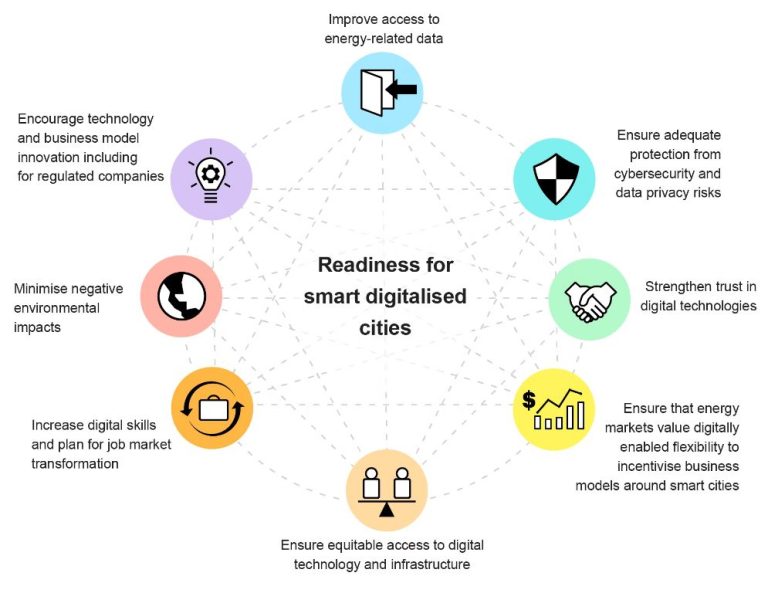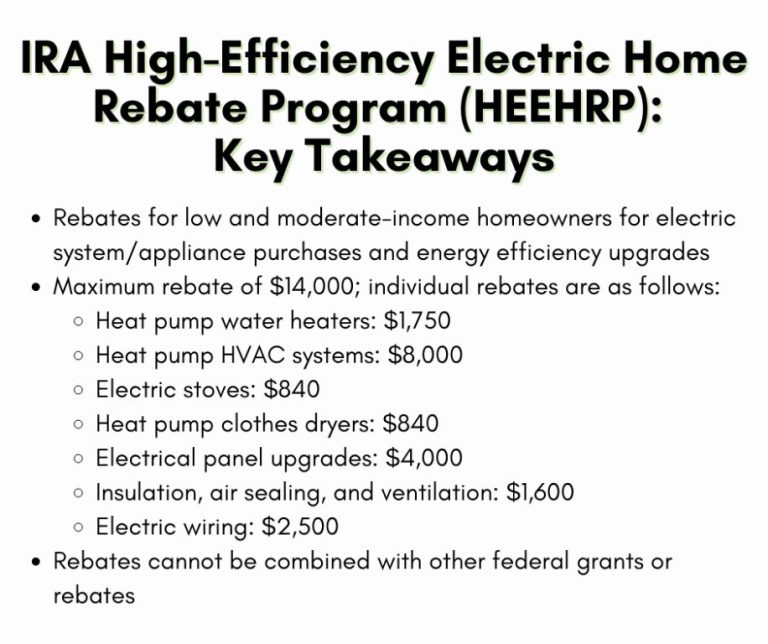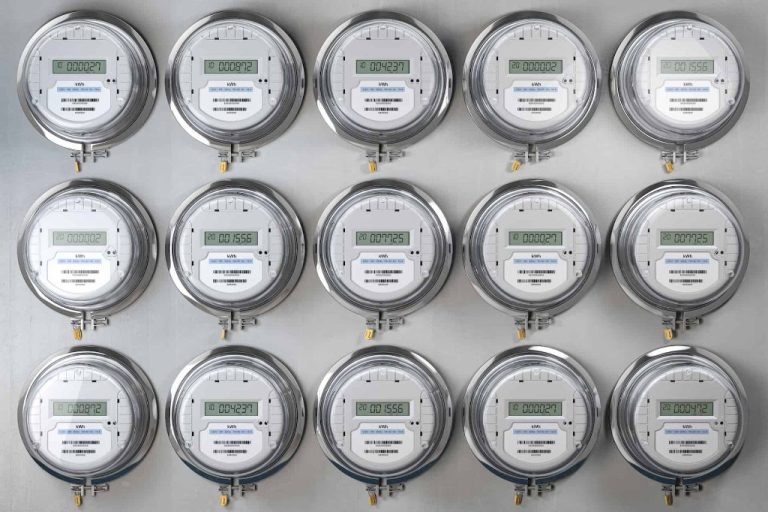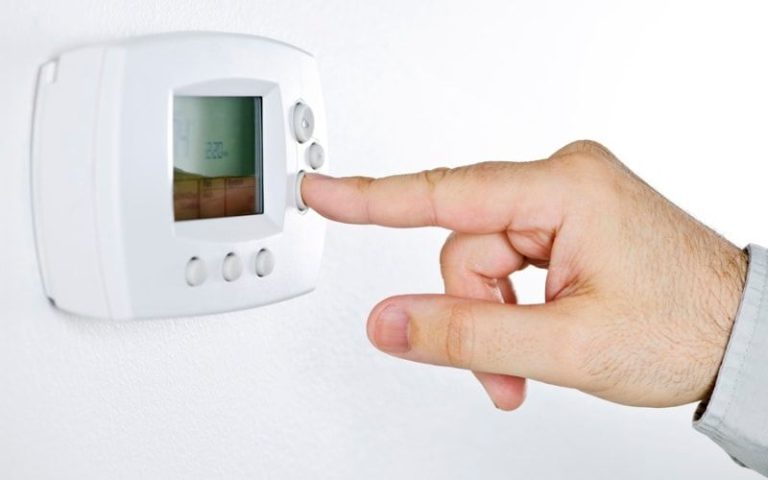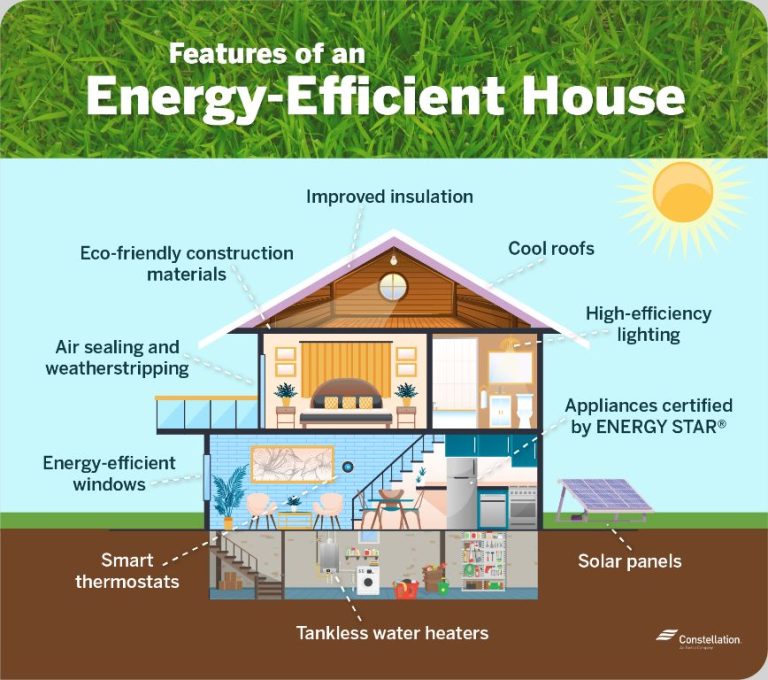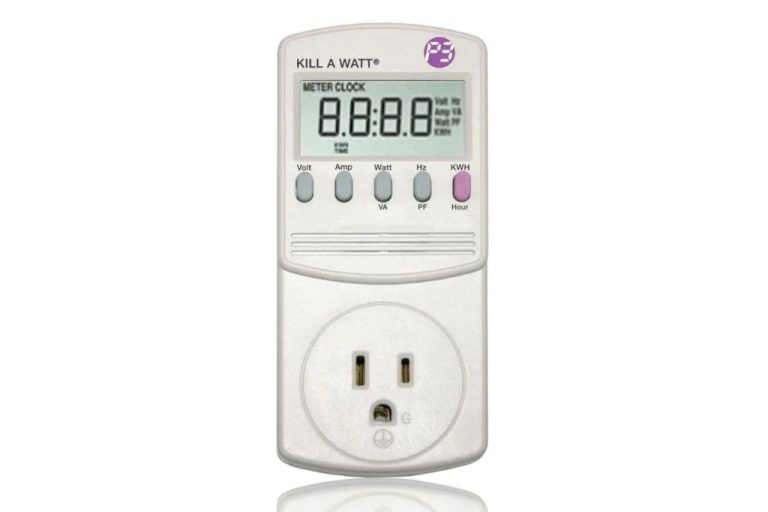What Do Light Bulbs Transfer Energy As?
Light bulbs play an integral role in our everyday lives. From lighting up our homes and workplaces to illuminating streets and roads, they enable us to see and function when natural light is not available. Though often taken for granted, light bulbs are a key technology that have shaped human civilization and progress.
At their core, light bulbs work by transferring one form of energy into another. Specifically, they convert electrical energy into light energy that is visible to the human eye. This energy transfer takes place through various components inside the bulb which heat up and emit light. Understanding this process of energy transformation provides insight into how this ubiquitous technology functions to brighten up our lives.
History of Light Bulbs
The original incandescent light bulb was independently invented in 1879 by both Thomas Edison and Joseph Swan. Edison applied for a US patent on his new invention, improving on earlier designs which used high resistance to generate light in an enclosed glass bulb. Swan had been working on his own incandescent lamp in England a few years prior and had even patented it in 1878. However, Edison’s design won out and became the basis for the modern incandescent bulb that came into widespread use.
Other major developments in light bulb technology came in the early 20th century, when the fluorescent bulb emerged in the 1930s. Fluorescent bulbs used mercury vapor and phosphors to create visible light, allowing them to be more efficient and longer-lasting than traditional incandescents. General Electric was an early pioneer in fluorescent lighting.
In the 1960s, the first commercially viable LED lights were created. LED (light-emitting diode) bulbs convert electricity directly into light using semiconductors, making them highly energy efficient. Practical LED light bulbs for everyday use emerged in the 1990s and 2000s. Today, LED bulbs dominate the market due to their efficiency and longevity compared to older bulb technologies.
How Light Bulbs Work
Light bulbs consist of three main components: the glass bulb, metal filament, and gas filling. The glass bulb encloses the inner workings and allows the visible light to pass through. Inside the bulb, a thin metal wire called a filament is connected to two contact wires that deliver electricity. When the light bulb is turned on, electricity flows through the wires into the filament. The filament material, usually tungsten, has a high resistance to electrical current, so it heats up to incandescence as the electrons move through it. This incandescent filament emits visible light as well as infrared radiation. Early bulbs were filled with air, but modern bulbs contain inert gases like argon, nitrogen, krypton or a mixture. The gas slows down the evaporation of the filament, allowing it to glow hotter while reducing the darkening of the glass. The hot filament emits photons over a broad spectrum of wavelengths, including visible light that we see as illumination.
Types of Light Bulbs
There are several different types of light bulbs available today, each with their own advantages and disadvantages.
Incandescent Bulbs
Incandescent bulbs are the traditional light bulbs that have been used for over a century. They work by heating a thin tungsten filament inside the bulb until it glows white hot. This produces light, but also a lot of heat. Incandescent bulbs are inexpensive to manufacture but inefficient, converting only about 10% of the energy input into visible light.
LED Bulbs
LED (light-emitting diode) bulbs are a newer technology that uses semiconductors to emit light. LED bulbs are extremely energy efficient, converting over 80% of energy input into light. They also last much longer than other bulb types, with lifespans of up to 50,000 hours. However, LED bulbs are more expensive to purchase up front.
Fluorescent Bulbs
Fluorescent bulbs use electricity to excite mercury vapor, which then emits ultraviolet light that causes a phosphor coating inside the bulb to glow. They are more efficient than incandescent bulbs, converting about 20% of energy input into light. Fluorescent bulbs have a longer lifespan than incandescents but contain toxic mercury.
Halogen Bulbs
Halogen bulbs are a variation on incandescent technology, combining a tungsten filament with halogen gases. This allows the filament to burn hotter, producing more light per unit of electricity. Halogen bulbs are more efficient than regular incandescents but less efficient than LEDs or fluorescents.
When choosing a light bulb, factors like efficiency, lifespan, light quality, and cost should be considered based on the intended application and lighting needs.
Light as Electromagnetic Radiation
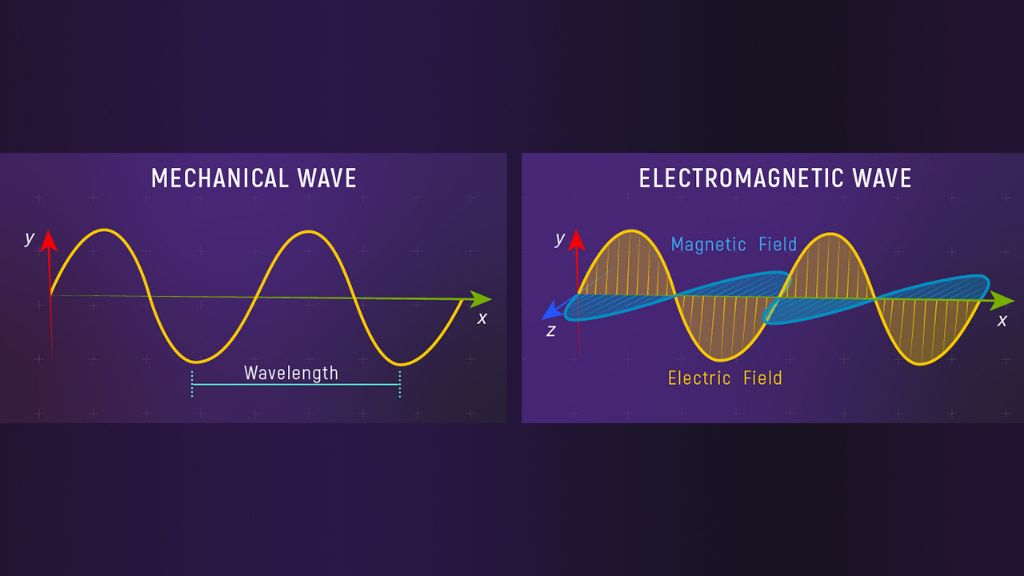
Light is a form of electromagnetic radiation that is visible to the human eye. Electromagnetic radiation is energy that travels in waves. These waves have specific properties like wavelength, frequency, amplitude, and speed.
The wavelength of light determines the color we see. Shorter wavelengths are the ‘blue’ end of the spectrum while longer wavelengths are the ‘red’ end. The frequency of light waves determines the energy. Higher frequency light has higher energy.
Visible light that humans can see ranges in wavelength from about 380 nanometers (violet) to about 740 nanometers (red). Other forms of electromagnetic radiation like radio waves, microwaves, X-rays and gamma rays have wavelengths outside the visible spectrum.
Light waves travel at incredible speed – approximately 300,000 kilometers per second. This speed is consistent regardless of wavelength. As light travels, the crests and troughs of the waves move up and down in periodic fashion based on the frequency.
Understanding light as a form of electromagnetic radiation with specific wave properties helps explain important concepts like how different colors form and how light bulbs can convert electricity into visible illumination.
Visible Light Spectrum
The visible light spectrum refers to the range of electromagnetic radiation that humans can detect with their eyes. This range, also called the optical spectrum, corresponds with wavelengths between 380-750 nanometers (nm). The shortest visible wavelengths are violet and blue, while the longest are orange and red.
Colors like violet and blue have shorter wavelengths and higher frequencies, which means they carry more energy per photon. Red and orange have longer wavelengths and lower frequencies, carrying less energy per photon. The different wavelengths stimulate different color cones in our retinas, allowing us to perceive color.
Visible light sits between ultraviolet (UV) radiation at shorter wavelengths and infrared radiation at longer wavelengths. UV radiation ranges from 10-400 nm, while infrared ranges from 700 nm to 1 mm. Though not visible, we can still detect some infrared as radiant heat. But UV and most infrared are outside human perception without special equipment.
When all visible wavelengths strike our eyes at the same intensity, we perceive this as white light. By filtering out certain wavelengths, objects can absorb or reflect different colors back to our eyes. This makes the visible light spectrum crucial for human vision.
Converting Electricity to Light
Light bulbs convert electrical energy into visible light through a process called incandescence. When current passes through the thin filament inside a light bulb, the filament heats up and starts to glow. This glow is caused by the filament heating up enough that the atoms in the filament start vibrating violently.
As the atoms in the filament vibrate, electrons are bumped into higher energy levels around the atoms’ nuclei. When the electrons fall back down into lower energy levels, energy is released in the form of photons or particles of light. The wavelength of the photons emitted determines the color of the light we see.
The amount of current flowing through a light bulb affects how quickly the filament heats up. More current causes the filament to heat up faster, which causes the atoms in the filament to vibrate more rapidly. This increased atomic vibration causes more electrons to get bumped into higher energy levels and release more photons. So more current results in more light being emitted from the bulb.
Heat and Light Emission
Most bulbs emit heat as well as light. In an incandescent bulb, electric current passes through a thin filament, heating it up to a very high temperature until it glows white hot. This effect is called incandescence. The filament emits energy in the form of visible light and infrared radiation (heat). Only about 5-10% of the energy input is emitted as visible light. The other 90-95% is given off as heat. This makes incandescent bulbs very inefficient, as most of their energy consumption is wasted heating the room instead of producing useful light.
More efficient bulb types like CFLs and LEDs convert a greater proportion of electricity into visible light instead of heat. CFLs emit about 70-80% less heat than equivalent incandescent bulbs. LED bulbs can emit 90% less heat, making them the most efficient option. Still, all light bulbs give off some heat as a byproduct of their operation. The goal of researchers is to maximize the percentage of energy that gets converted to light rather than heat.
Energy Efficiency
Energy efficiency is crucial in light bulbs to reduce electricity usage and costs. Different types of bulbs have varying degrees of efficiency in converting electrical energy into visible light. Efficiency is measured in lumens per watt (lm/W), which quantifies the amount of visible light produced per watt of electricity consumed.
Incandescent bulbs are very inefficient, producing only 10-17 lumens per watt. Halogen bulbs are somewhat better at 16-24 lm/W. Fluorescent bulbs are far more efficient at around 60-70 lm/W. LED bulbs are the most efficient, achieving 75-100 lm/W. This 4-10 fold increase in efficiency of LEDs compared to incandescents directly translates into 4-10 times less electricity used for the same brightness.
High efficiency LED lighting has enabled large reductions in energy usage for lighting. Replacing inefficient incandescent bulbs with LEDs can decrease lighting electricity consumption by 75% or more. For individual homes and commercial buildings, higher efficiency bulbs save significantly on electric bills. At societal scales, the transition to efficient lighting reduces electricity generation needs, providing environmental and economic benefits.
Conclusion
To summarize, traditional incandescent and halogen bulbs transfer electrical energy into light and heat primarily through heating a filament wire. LED and CFL bulbs are more energy efficient, transferring a greater percentage of energy into light vs heat emission. Creating visible light from electricity involves the excitation of electrons and emission of photons of varying wavelengths in the visible light spectrum. Ongoing improvements in bulb technology and energy efficiency have led to more options for longer lasting, cost-effective light bulbs that provide quality illumination while using less overall energy.
Light bulbs have come a long way since their invention in the 19th century. Early bulbs were incredibly inefficient, with 90% of energy converted into heat rather than visible light. Modern bulbs can convert over 80% of energy into light, while LEDs are even more efficient at around 90%. Improvements in filament and bulb design, along with the use of different gases inside bulbs, have improved lifespan and efficiency over time. There is still room for progress, but the light bulb continues to be an integral part of modern life by converting electricity into illumination.

